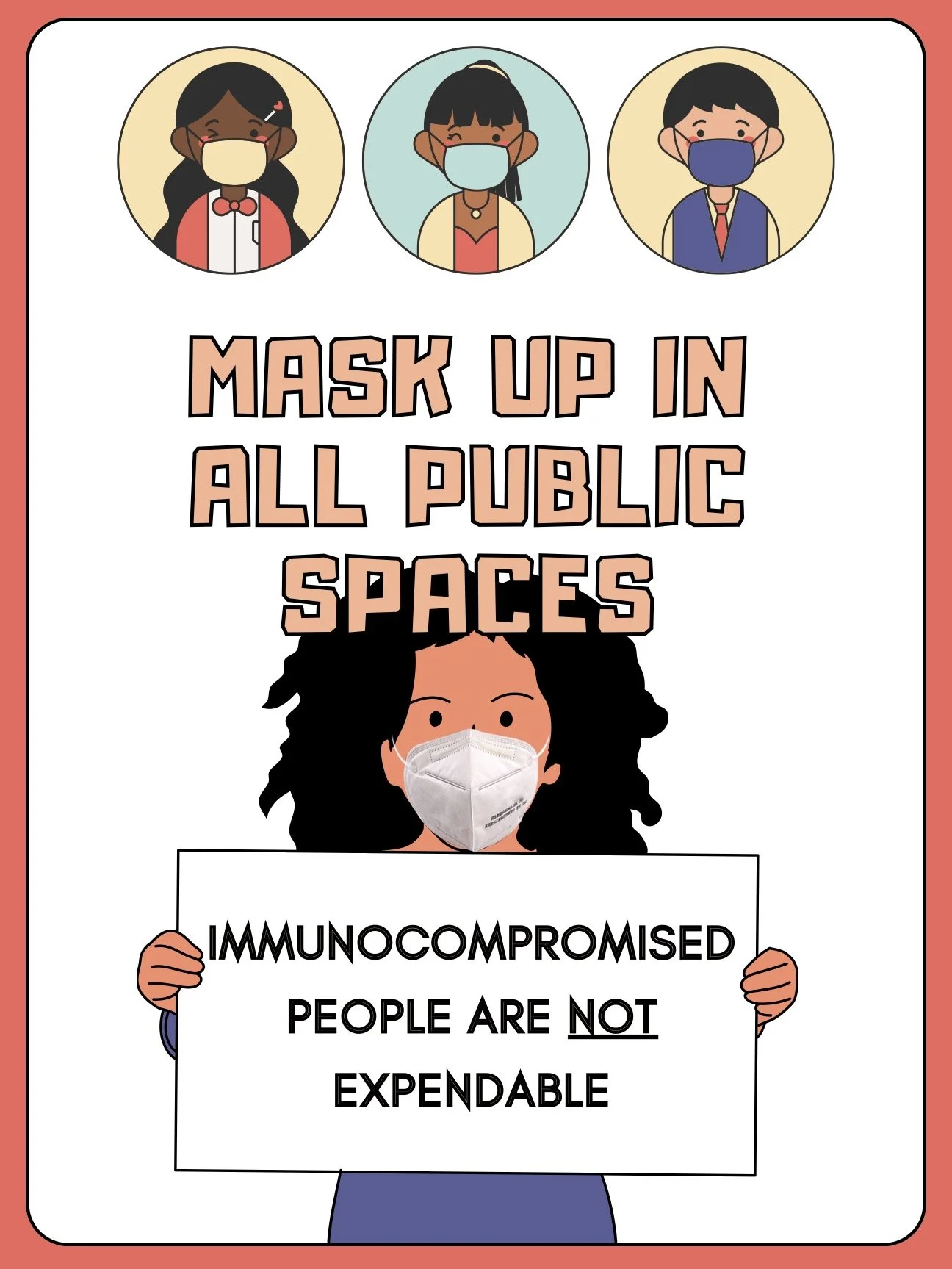Your local Seattle area DEIA expert
I’m M. Burwell (they/them), and I’m a diversity, equity, inclusion, accessibility (DEIA) expert with a focus on intersectional gender equity, LGBTQ+ inclusion and disability justice. My specialty is to use data and research to pinpoint DEI opportunities with small companies, then use a design-based approach to translate that data into positive action.
Design-based means going beyond awareness-raising to create low-risk changes in business operations and product design to boost DEI. Just like using a smaller plate at a buffet means less food is wasted, or a flat door handle indicates "push" instead of "pull," it's possible to create "nudges" to positively change human behavior. The added bonus? Increased inclusion is linked to better business performance, lower staff turnover, and other measurable benefits.
I have trained and collaborated with some of the most cutting-edge intersectionality researchers globally, and have led research-focused DEI projects in the startup world, with environmental, health, and food security nonprofits, in coworking spaces, for tech events, in the sports industry, and more.
We’re a disabled LGBT-owned small business located on unceded Duwamish territory, now called Seattle, Washington.
Due to the ongoing SARsCov2 (COVID) pandemic, I practice COVID safety in my personal life and with work (yes, in 2026). This is integral to my values and I encourage everyone to wear respirator masks in public. All people should be able to access public spaces safely, and we all have a responsibility to one another and ourselves to mitigate harm, particularly given the ongoing collapse of our medical systems and increasing political violence that most heavily impacts marginalized groups. For any in-person engagements, I require everyone present to be wear respirator masks, unless a disability makes that impossible, in which case we’ll discuss alternative layers of safety.
Image description: A person with light skin and curly hair wearing an n95 respirator and purple top holds a sign stating "immunocompromised people are not expendable." Above, orange text reads "mask up in all public spaces." A row of three people in masks line the top.
Upcoming project:
Our liberation is bound up together: ongoing pandemic lessons and co-imagining a liveable future
In 2026, I’ll be initiating a new grassroots project exploring the social impacts of the ongoing SARS-CoV2 pandemic, reckoning with how the pandemic and societal abandonment has impacted our current political state, and imagining how we move towards a liveable, beautiful future that truly centers the most marginalized.
As an immunocompromised, disabled, queer and trans person, the experience of those like me - and especially of my BIPOC peers - over the past half-decade has been profound and life-changing. Our wisdom, imagination, and leadership is necessary to navigate this uncertain and violent historical moment we are collectively living. In this time of despair, this project will be future-looking, grounded in a refusal to treat any life as disposable, and practice iterative centering of the most marginalized.
Currently seeking collaborators (paid, if/when funding is secured) and volunteers. BIPOC, queer, disabled, and other marginalized folx particularly encouraged to reach out, though all who share (and do their best to live) these values are welcome. A wide variety of skills will be needed, such as: data collection and analysis, knowledge of critical theory in different fields, advanced digital security implementation, inclusive facilitation skills, legal advice, writing, etc.
I’m also seeking funding to make this project sustainable, from well-resourced individuals, as well as organizations, and possibly grants. Contact me if you are interested in any of these roles, or simply want to hear updates as the project develops.
The headline is inspired from a concept credited to an Aboriginal Rights group in Queensland, Australia which states: “If you have come here to help me, you are wasting your time. But if you have come because your liberation is bound up with mine, then let us work together.”
See my collaborative research: First Generation Professionals
Bernice Maldonado and I explore the experiences of those who are the first in their family to have a professional career. See our research summary How Does Your Company Support “First-Generation Professionals”? in Harvard Business Review
Client reviews:
“With a world-class education, data-driven approach, and people-centric philosophy, working with M. on inclusive technology events was not only a value add for the company and projects, but has transformed me as a person and professional.”
—Technology events company
“Their thoroughness in their research, organized approach to presenting the information and their ability to bring key insights to the forefront always stand out to me. Their work is excellent all around and I could not say enough about working with them. Professional, responsive and overall just very good at what they do. The thing I always appreciate about M. is their experience in this space. They're able to take a lot of information , digest it and put forth a cohesive picture that is both concise and informative.”
—Diversity, equity, inclusion, accessibility consulting client
“M. Burwell is one of the most insightful, flexible, responsive, efficient, and planful researchers and consultants I’ve had the pleasure of working in my 20 years of consulting. She is a skilled communicator and project manager, and consistently exceeds expectations with the highest-quality work.”
—Amity Lumper, Co-President, Cascadia Consulting Group, Inc.
Image description: "Certified with Pride" is written in purple, the “i” topped with a transgender pride heart. A rainbow wave and the text "Washington State LGBTQ Certification" frames the sides.
Image description: A blue border encircles the "Washington State Office of Minority & Women's Business Enterprises" logo with a blue “W.” Below is a grey banner with the word "CERTIFIED."


